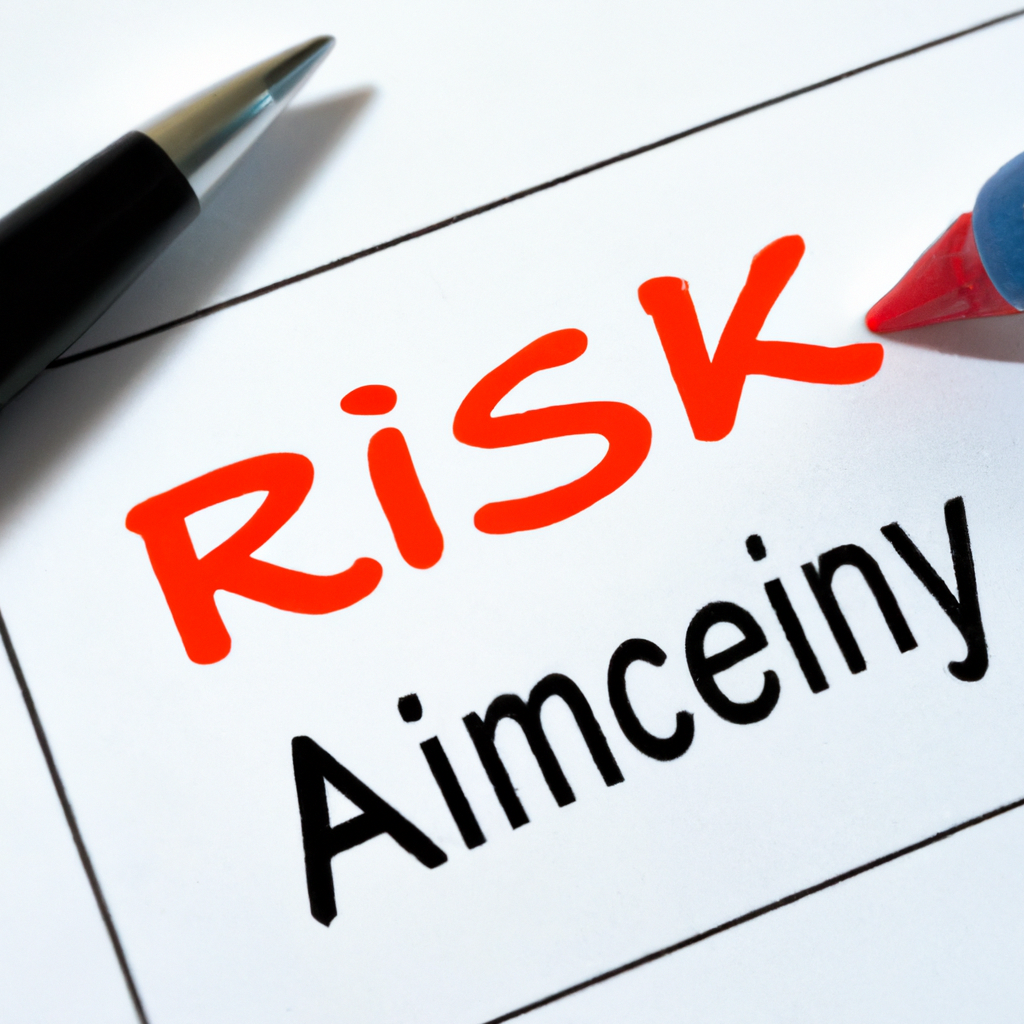
Risk Management Using Technical Analysis
Introduction
In the world of trading and investing, risk management is a crucial aspect that can determine the success or failure of a trader. One of the tools that traders use to manage risk is technical analysis. Technical analysis involves analyzing historical price data to forecast future price movements. By using technical analysis, traders can identify potential risks and take appropriate measures to mitigate them.
Identifying Risk Levels
One of the key aspects of risk management using technical analysis is identifying risk levels. Traders can use various technical indicators such as support and resistance levels, moving averages, and trend lines to determine potential risk levels. By identifying these levels, traders can set stop-loss orders to limit their losses in case the market moves against them.
Setting Stop-Loss Orders
Stop-loss orders are a common risk management tool used by traders to limit their losses. By setting a stop-loss order at a predetermined level, traders can automatically exit a trade if the market moves against them. This helps to prevent emotional decision-making and ensures that losses are kept to a minimum.
Using Technical Indicators
Technical indicators such as the Relative Strength Index (RSI), Moving Average Convergence Divergence (MACD), and Bollinger Bands can also help traders manage risk. These indicators can provide valuable information about market trends, momentum, and volatility, allowing traders to make informed decisions about when to enter or exit trades.
Diversifying Portfolio
Another important aspect of risk management is diversifying your portfolio. By spreading your investments across different assets, industries, and markets, you can reduce the impact of any single trade or event on your overall portfolio. This can help to minimize risk and protect your capital in case of market volatility or unforeseen events.
Monitoring Market Conditions
Lastly, it is crucial for traders to continuously monitor market conditions and adjust their risk management strategies accordingly. By staying informed about economic indicators, news events, and technical analysis signals, traders can adapt to changing market conditions and protect their investments.
Conclusion
In conclusion, risk management using technical analysis is an essential tool for traders to protect their capital and maximize their returns. By identifying risk levels, setting stop-loss orders, using technical indicators, diversifying their portfolio, and monitoring market conditions, traders can effectively manage risk and increase their chances of success in the markets.





